Paradiso Canto 3
OVERVIEW
Angel Adams Parham is an Associate Professor of Sociology at UVA and a visiting fellow in the Templeton Honors College at Eastern University. She is the author of American Routes: Racial Palimpsests and the Transformation of Race (Oxford, 2017), and her research examines the historical and comparative-historical sociology of race.
Questions for Reflection
- Why might Dante associate Beatrice with the sun (3.1)? Does this change the way we read Dante’s vision of the sun in Inferno 1?
- What relationship does Dante draw between “truth” and “sweetness” (3)? Is Dante threatened by his earlier errors or does being corrected by Beatrice bring about a renewed peace and desire for further knowledge? What might Dante be showing us about the nature of education and how we should approach our learning about divine matters?
- The pilgrim’s first sight of heavenly souls confuses him. Why might he associate his sight with the myth of Narcissus? Why might Dante be drawing our attention to the relationship between appearance and reality?
- Who is Piccarda and why does she appear to Dante in the moon? Why might Dante choose for the first person we meet in Paradiso to be someone who broke vows to God?
- Does Piccarda want to venture higher up in Paradise or is she content with her position? How does she narrate her feelings about her position as it relates to the proper ordering of the entire cosmos (3.64-90)?
- What assumptions about the ego does Dante seem to bring into his conversation with Piccarda? Why does she teach him about the nature of the heavenly arrangement and the relationship of the blessed souls toward each other’s good? How does this differ from both Inferno and Purgatorio?
DETAILS
- Dr. Angel Adams Parham
- UVA
- Run Time 12:40








